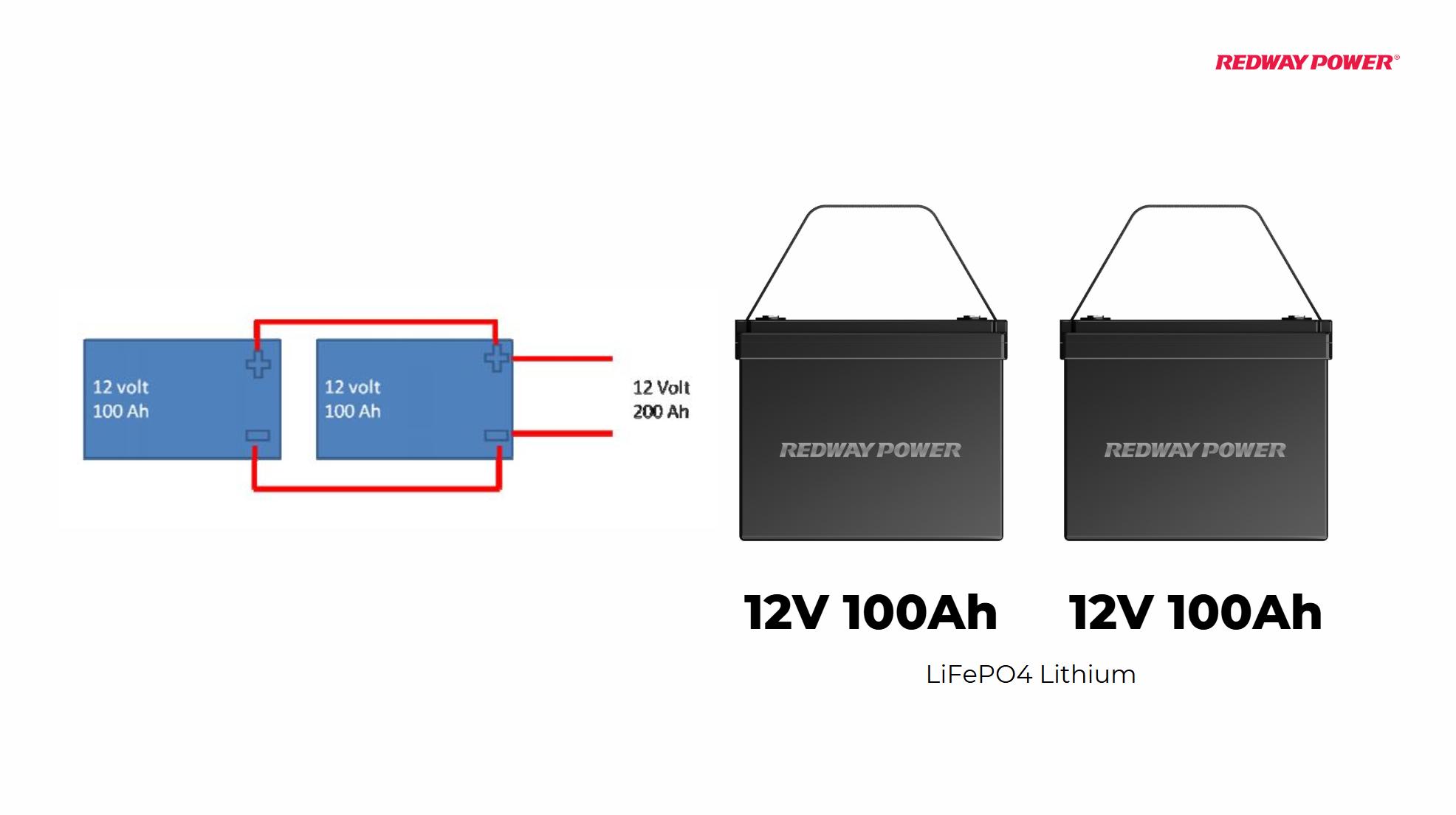How Long Can a Tesla Powerwall Power a House?
A Tesla Powerwall can power an average home for about 10 to 24 hours depending on the home’s energy consumption and number of Powerwalls installed. With 13.5 kWh of usable capacity and up to 11.5 kW power output, a single Powerwall supports essential appliances during outages, providing flexible energy independence and backup power.
What is the Tesla Powerwall and How Does It Work?
The Tesla Powerwall is a rechargeable lithium-ion battery designed for home energy storage. It stores electricity from solar panels or the grid, offering backup power during outages and allowing energy usage optimization. Powerwall batteries enable homeowners to shift energy usage to off-peak hours and reduce grid reliance.
The Powerwall integrates with home electrical systems and solar installations, managing power flows via smart software. It can automatically supply energy to critical loads when grid power fails, ensuring seamless home operation.
How Long Can a Single Tesla Powerwall Power a Typical Home?
A single Tesla Powerwall 3 offers 13.5 kWh of usable energy. The duration it powers a home depends on the household’s average energy use. For a home using 1 kW on average, it can last around 13.5 hours. For higher usage homes (2–4 kW), the duration decreases proportionally to approximately 3–7 hours.
These times assume no additional solar input and continuous power draw.
Which Household Appliances Can a Tesla Powerwall Support During an Outage?
The Powerwall’s continuous output of up to 11.5 kW means it can power:
-
Lighting and basic home electronics
-
Refrigerators and freezers
-
HVAC systems (heating, ventilation, air conditioning), depending on size
-
Sump pumps and water heaters
-
Electric vehicle chargers (depending on output limitations)
Powerwall supports large appliances but may not simultaneously operate all high-draw devices without multiple units.
How Does Solar Power Integration Affect Powerwall Runtime?
When paired with solar panels, the Powerwall can recharge during daylight, extending runtime indefinitely during sunny periods. This integration allows continuous home power supply even in grid outages, optimizing solar energy self-consumption and reducing utility bills.
Powerwall’s built-in inverter and software smartly balance solar input, battery charge, and household consumption for maximum efficiency.
Why Choose Lithium-ion (LiFePO4) Batteries Like Tesla Powerwall Over Others?
Lithium Iron Phosphate (LiFePO4) batteries, used in Tesla Powerwall 3, offer superior safety, longevity, and thermal stability compared to traditional lead-acid batteries. They provide consistent power output, higher cycle life, and better depth-of-discharge capabilities, ideal for home energy storage.
Redway Battery also specializes in LiFePO4 technology, providing durable and safe batteries for various applications, ensuring reliable energy storage solutions.
When Should Homeowners Consider Multiple Powerwalls?
Homes with higher energy demands or longer backup needs benefit from installing multiple Powerwalls. Multiple units scale capacity linearly (e.g., 2 Powerwalls = 27 kWh usable). This ensures coverage for larger homes, extended power outages, or running energy-intensive appliances continuously.
The Tesla Powerwall system is modular and expandable, allowing future upgrades as energy needs grow.
How Does Powerwall Compare to Other Home Battery Solutions?
Tesla Powerwall’s edge lies in its high capacity, power output, integrated inverter, and robust app-based monitoring. It competes effectively by offering scalability, warranty coverage (10 years), and the ability to integrate seamlessly with solar systems.
Redway Battery provides OEM lithium battery solutions with customization options that can match or exceed Powerwall’s performance in commercial or specialized residential applications.
Can Powerwall Power a House Off-Grid?
Yes, the Powerwall system supports off-grid living when paired with sufficient solar energy generation. By storing excess solar energy during the day and supplying power at night or during outages, Powerwall enables energy independence.
Correct sizing of battery capacity and solar input is critical for a reliable off-grid setup.
How to Estimate Tesla Powerwall Backup Duration for Your Home? (Table)
| Average Home Power Use (kW) | Single Powerwall Runtime (hours) | Two Powerwalls Runtime (hours) |
|---|---|---|
| 1.0 | 13.5 | 27 |
| 2.0 | 6.75 | 13.5 |
| 3.0 | 4.5 | 9 |
| 4.0 | 3.4 | 6.8 |
| 5.0 | 2.7 | 5.4 |
This table helps estimate backup duration based on your home’s typical power consumption.
What Maintenance Does Tesla Powerwall Require?
Powerwall batteries have minimal maintenance due to their solid-state chemistry and automated management systems. Tesla provides remote monitoring and diagnostics, ensuring optimal performance and alerts for any issues.
Redway Battery also emphasizes quality and long service life for its LiFePO4 products, contributing to hassle-free ownership.
Redway Expert Views
“Energy storage solutions are crucial in the transition to sustainable energy. Tesla Powerwall exemplifies advanced home battery technology, yet customization and OEM expertise from companies like Redway Battery enable tailored solutions for diverse needs — from residential backup to commercial energy management. Evaluating storage capacity and integration flexibility remains key for maximizing benefits,” states a Redway Battery senior energy engineer.
Summary and Key Takeaways
-
A Tesla Powerwall can power an average home 10–24 hours depending on usage.
-
Powerwall stores 13.5 kWh with up to 11.5 kW continuous output for essential appliances.
-
Solar integration extends runtime significantly.
-
Multiple Powerwalls scale capacity for larger homes or longer outages.
-
LiFePO4 chemistry offers safety, long lifecycle, and stable performance.
-
Redway Battery offers comparable LiFePO4 solutions with customization.
-
Proper sizing aligned with home energy needs ensures reliable power supply.
Frequently Asked Questions
How much energy does a Tesla Powerwall store?
13.5 kWh of usable energy per unit.
Can Powerwall power a whole house during an outage?
Yes, depending on power demand and number of units installed.
How long will Powerwall last in a typical outage?
Between 10 and 24 hours for average energy usage; longer with solar.
Is Powerwall good for off-grid homes?
Yes, when combined with solar panels for continuous power.
Why choose Redway Battery as a battery supplier?
Redway Battery offers high-quality, customizable LiFePO4 battery packs with over 13 years of OEM experience and global service.

